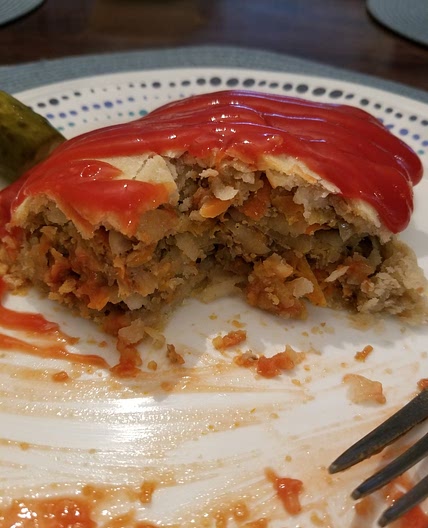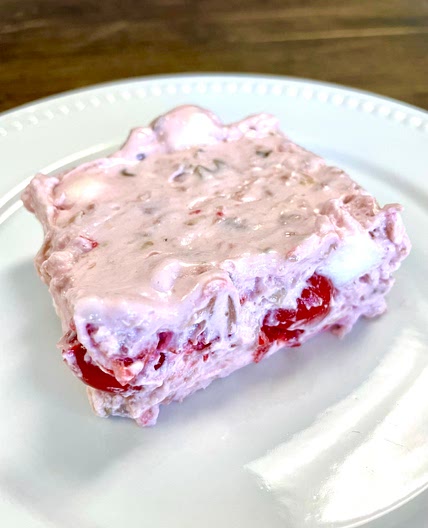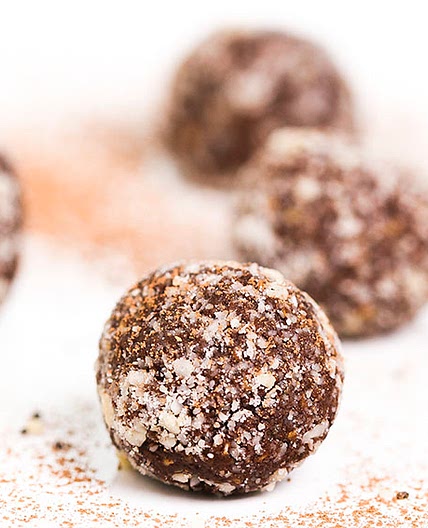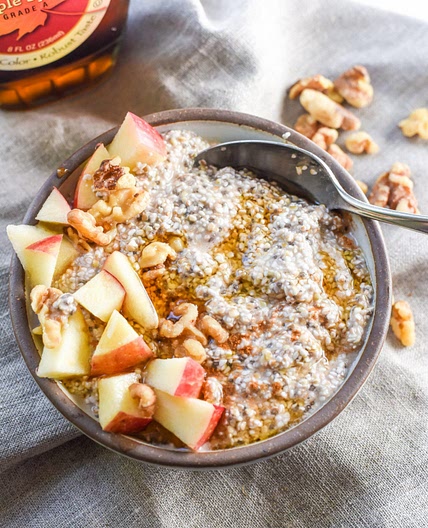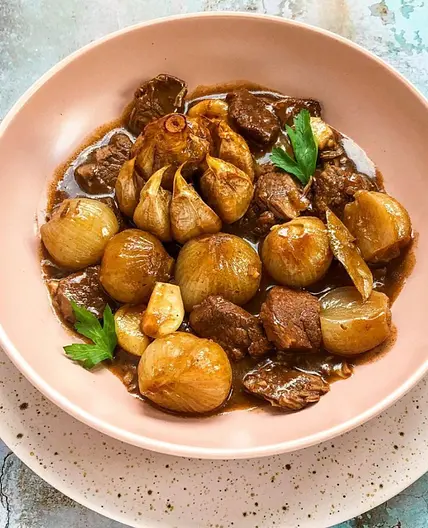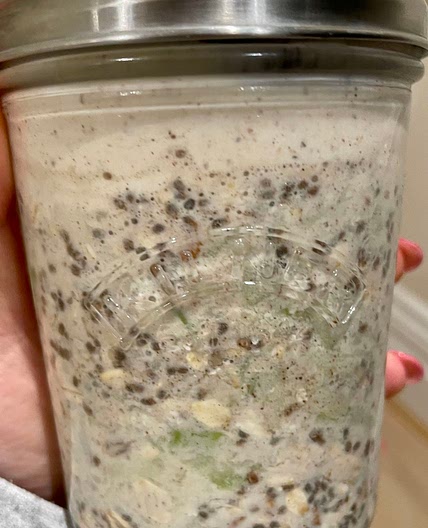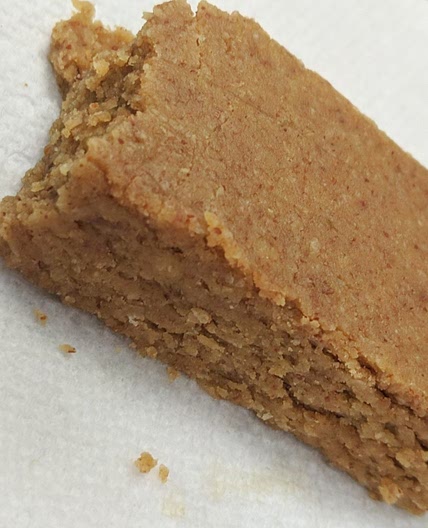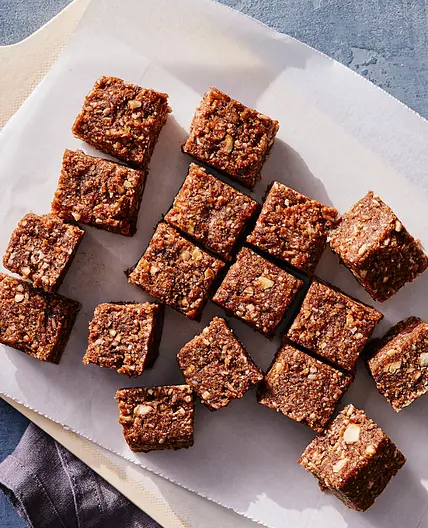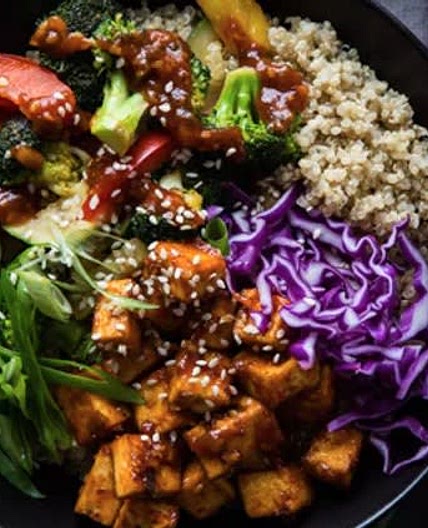By Marilyn Sultar
Marilyn’s Sedar Plate
These are the things I put on my Sedar plate for Passover. I put the reasons why under Instructions. ~Marilyn
Updated at: Thu, 17 Aug 2023 13:56:54 GMT
Nutrition balance score
Great
Glycemic Index
33
Low
Nutrition per recipe
Calories1233.3 kcal (62%)
Total Fat49.7 g (71%)
Carbs80 g (31%)
Sugars34.7 g (39%)
Protein98.9 g (198%)
Sodium309.5 mg (15%)
Fiber10.8 g (38%)
% Daily Values based on a 2,000 calorie diet
Ingredients
0 servings
Instructions
Step 1
The roasted shank bone is traditional. It reminds us of the Passover sacrifice offered in the Temples in ancient times. If you are a vegan or cannot get a shank bone, you can substitute a roasted beet. I had to do that last year due to the COVID-19 pandemic.
Step 2
The roasted egg represents Spring and the circle of life.
Step 3
Fresh horseradish is traditionally used for bitter herbs on the Sedar plate. The bitter herbs remind us of the bitterness of slavery.
Step 4
Fresh Parsley, when it is dipped into salt water during the Sedar, reminds us of the tears we shed while we were in slavery. Last year I used green bell pepper slices as I couldn’t get parsley.
Step 5
Charoseth symbolizes the mortar and bricks which we made under slavery in Egypt.
Step 6
The onion peel symbolizes the Holocaust when this was the food given to the prisoners in the concentration camps.
Step 7
The orange symbolizes inclusion of women, the LGBTQ community, and equality for all.
Step 8
As you can guess, last year, for the first time, I added antibacterial hand wipes , to symbolize the terrible COVID-19 pandemic of 2021, and the people who died world-wide because of it. It should serve as a reminder to us that life is too short.
Step 9
Cashews remind us of our groups who are fighting in foreign wars.
Notes
0 liked
0 disliked
There are no notes yet. Be the first to share your experience!

